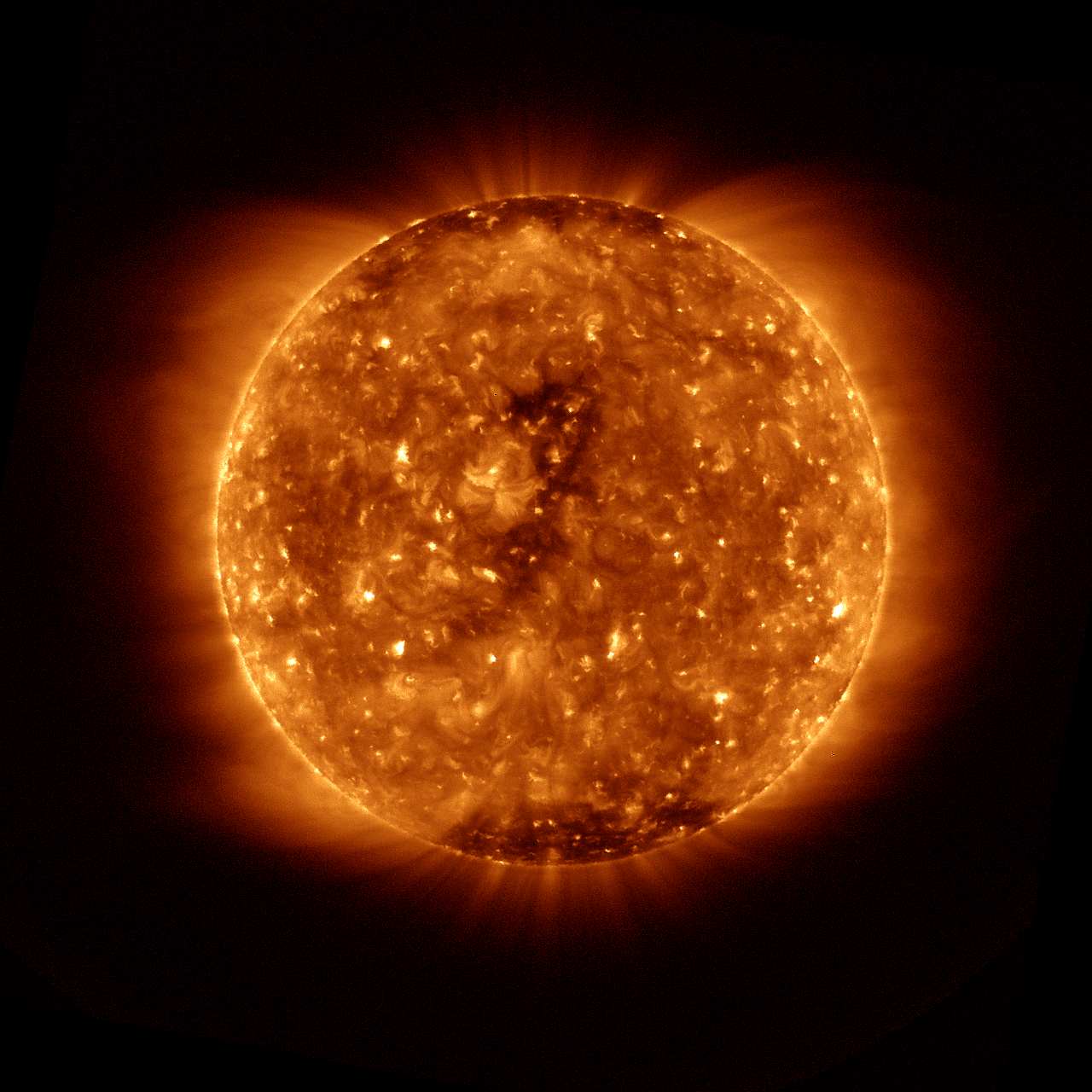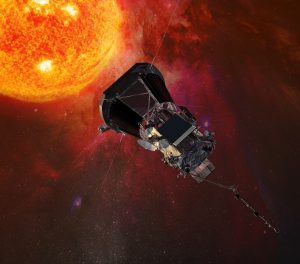
Scientists are busy studying clues coming from the Sun which may indicate surging solar activity; 2021 is expected to feature more events than 2020, with peak sunspot activity now projected to occur in 2025. According to the National Weather Service, a recent sunspot group on the Sun exploded the largest solar flare in three years.
Since January, activity on the sun has steadily increased, showing that we are moving into a new solar cycle.
“How quickly solar activity rises is an indicator on how strong the solar cycle will be,” said Doug Biesecker, Ph.D., panel co-chair and a solar physicist at NOAA’s Space Weather Prediction Center. “Although we’ve seen a steady increase in sunspot activity this year, it is slow.”
In September, the Solar Cycle Prediction Panel (SCPP) declared that the solar minimum between outgoing Solar Cycle 24 and incoming Solar Cycle 25 had occured on December 19, 2019. SCPP said that Solar Cycle 24 was average in length, at 11 years, and had the 4th-smallest intensity since regular record keeping began with Solar Cycle 1 in 1755. It was also the weakest cycle in 100 years. Solar maximum occurred in April 2014 with sunspots peaking at 114 for the solar cycle, well below average, which is 179.

The panel has high confidence that Solar Cycle 25 will break the trend of weakening solar activity seen over the past four cycles. “We predict the decline in solar cycle amplitude, seen from cycles 21 through 24, has come to an end,” said Lisa Upton, Ph.D., panel co-chair and solar physicist with Space Systems Research Corp. “There is no indication we are approaching a Maunder-type minimum in solar activity.”
Dr. Biesecker cautioned that “…violent eruptions from the Sun can occur at any time” in this new cycle, Solar Cycle 25.
Solar cycle prediction gives a rough idea of the frequency of space weather storms of all types, from radio blackouts to geomagnetic storms and solar radiation storms. It is used by many industries to gauge the potential impact of space weather in the coming years.
While typically known for their weather forecasts, the National Oceanic and Atmospheric Administration (NOAA) and its National Weather Service (NWS) is also responsible for “space weather.” While there are private companies and other agencies that monitor and forecast space weather, the official source for alerts and warnings of the space environment is the Space Weather Prediction Center (SWPC). The SWPC is located in Boulder, Colorado and is a service center of the NWS, which is part of NOAA. The Space Weather Prediction Center is also one of nine National Centers for Environmental Prediction (NCEP) as they monitor current space weather activity 24/7, 365 days a year.

According to the National Weather Service’s Space Weather Prediction Center, solar flares are capable of producing strong x-rays that degrade or block high-frequency radio waves used for radio communication.
A coronal mass ejection (CME) is a significant release of plasma from the solar corona, often following solar flares in solar wind. These huge explosions of plasma originate from highly twisted magnetic field structures on the Sun. When these explosions occur from active sunspot regions on the Sun, it is not uncommon to see them associated with large solar flares. Some fast CMEs can reach the Earth in little as 14 hours, while others may take several days. According to the SWPC, “the first sign of a CME hitting the Earth environment is the plasma density jump due to the shock wave’s passage.” Forecasters use what is known as a coronagraph, which blocks the extremely bright disk of the Sun, so they are able to determine the CME’s size, speed, direction and density.
Beyond illuminating night skies with colorful aurora, especially at high latitudes, and interfering with radio communication, they can also prevent electronics and electrical systems from working at all. Such a solar blast could prove to be deadly when the electronics in a plane, a train, an automobile, or boat fail, could be life-threatening if electronics and electricity in a hospital fails, and could catastrophically disruptive to life if electrical generation plants and electrical wires that carry electricity through a grid fail.
On September 1-2 in 1859, a powerful geomagnetic storm struck Earth during Solar Cycle 10. A CME hit the Earth and induced the largest geomagnetic storm on record. The storm was so intense it created extremely bright, vivid aurora throughout the planet: people in California thought the sun rose early, people in the northeastern U.S. could read a newspaper at night from the aurora’s bright light, and people as far south as Hawaii and south-central Mexico could see the aurora in the sky.
The event severely damaged the limited electrical and communication lines that existed at that time; telegraph systems around the world failed, with some telegraph operators reporting they received electric shocks.
A June 2013 study by Lloyd’s of London and Atmospheric and Environmental Research (AER) in the U.S. showed that if the Carrington event happened in modern times, damages in the U.S. could exceed $2.6 trillion, roughly 15% of the nation’s annual GDP.